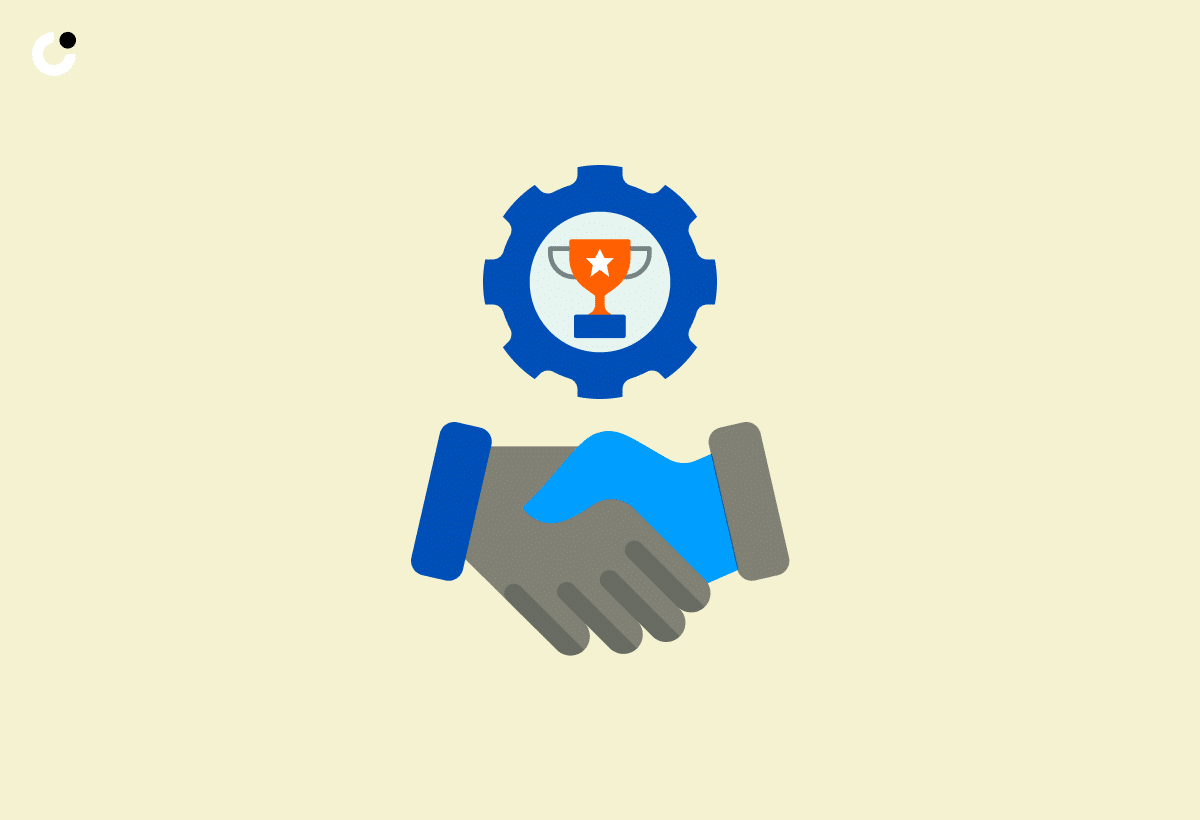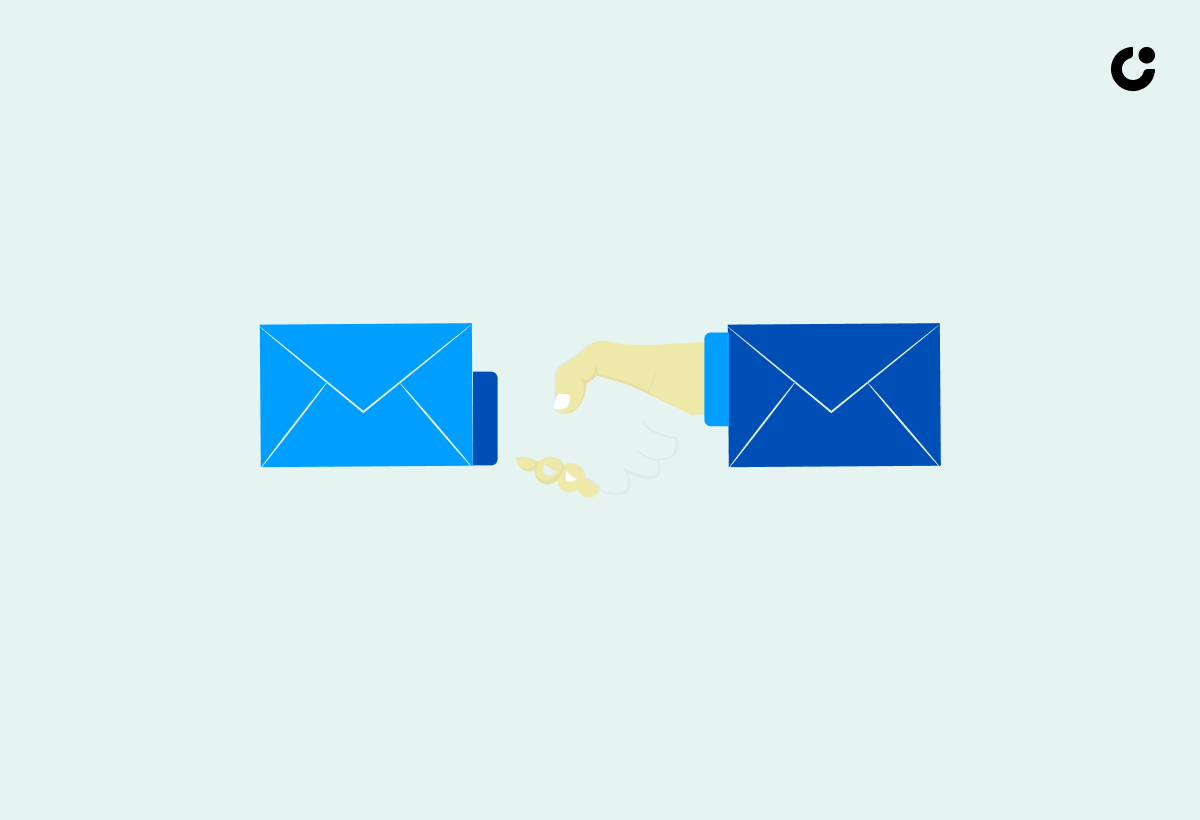In the fast-paced world of emails, the delicate balance of tact and diplomacy can make all the difference in professional communication. From defining these essential qualities to strategies for effectively addressing mistakes, this article explores the art of maintaining professionalism while correcting errors in emails.
With practical examples, universal templates, and final tips for crafting flawless correction emails, readers will gain valuable insights on how to navigate the tricky terrain of pointing out mistakes politely in their professional correspondence.
Key Takeaways:
- Tact and diplomacy are crucial in emails to maintain professional relationships and avoid conflict.
- Recognize and address mistakes calmly and respectfully, both your own and others', in a timely and clear manner.
- Craft effective subject lines and follow a universal template when sending correction emails, ensuring accuracy and professionalism.
Understanding Tact and Diplomacy

Understanding Tact and Diplomacy is essential in maintaining professional relationships and effective communication.
In various communication scenarios, the application of tact and diplomacy can enhance the quality of interactions and prevent misunderstandings. By approaching conversations with a polite and respectful demeanor, individuals can navigate delicate situations with grace and empathy.
This skill becomes particularly crucial in workplace settings, where conflicts or differences in opinions may arise. Utilizing tact and diplomacy fosters a culture of understanding and cooperation, leading to more productive collaborations and positive outcomes.
In personal relationships, these attributes play a vital role in conflict resolution and maintaining harmony.
Defining Tact and Diplomacy

Defining Tact and Diplomacy involves the skillful handling of communication with precision and sensitivity.
Tact refers to the ability to communicate and interact with others in a way that shows consideration and thoughtfulness, often involving knowing what to say, when to say it, and how to say it to achieve a desired outcome without causing offense.
Diplomacy, on the other hand, entails the art of managing relationships, whether it be in personal or professional settings, with a focus on maintaining harmony, resolving conflicts peacefully, and fostering cooperation and understanding among individuals or groups.
Both Tact and Diplomacy play crucial roles in effective communication and relationship management, helping individuals navigate complex social dynamics and achieve positive outcomes in various interactions.
Importance of Tact and Diplomacy in Emails

The Importance of Tact and Diplomacy in Emails cannot be overstated, as they contribute to maintaining professionalism and positive relationships.
When composing emails, employing tact and diplomacy ensures that your message is conveyed in a respectful and considerate manner. In today's fast-paced digital world, where communication often lacks non-verbal cues, the tone and phrasing of your emails play a crucial role in shaping the perception of the recipient. By incorporating email etiquette and displaying courtesy, you not only uphold your own professional reputation but also cultivate a culture of mutual respect and understanding within your network.
Prerequisites for Successful Tact and Diplomacy

To achieve successful Tact and Diplomacy, one must cultivate effective approaches to communication and relationship management.
One of the essential prerequisites for mastering tact and diplomacy is a profound understanding of emotional intelligence. Emotional intelligence plays a pivotal role in handling interactions with finesse, allowing individuals to navigate complex situations with grace and empathy. By honing self-awareness and social skills, one can enhance their ability to communicate assertively while remaining respectful and considerate of others' perspectives. Building trust through transparent and open communication serves as a solid foundation for fostering collaborative and harmonious relationships.
Strategies for Tact and Diplomacy in Emails

Implementing effective Strategies for Tact and Diplomacy in Emails involves employing negotiation skills and diplomatic language.
One key aspect to consider is the use of inclusive language that focuses on collaboration rather than confrontation. When addressing sensitive issues, it's essential to approach them with empathy and understanding to maintain positive relationships. Utilizing 'softening' techniques such as leading with compliments or framing feedback constructively can help to ensure a diplomatic tone.
Incorporating active listening skills in your email responses can show respect and consideration for the other person's perspective. Acknowledging their feelings or viewpoints before presenting your own can foster better communication and reduce the likelihood of misunderstandings.
Acknowledging and Addressing Mistakes

Acknowledging and Addressing Mistakes is crucial for maintaining integrity and effective communication.
When individuals or organizations take responsibility for errors, it showcases a commitment to transparency and improvement. By demonstrating accountability, they build trust and credibility.
Rectifying mistakes promptly not only prevents further complications but also shows a dedication to excellence and continuous learning. Effective communication during this process is paramount; it involves clear explanations, active listening, and a professional demeanor to ensure understanding and resolution. Addressing errors with precision and empathy fosters a positive environment for growth and collaboration.
Recognizing Your Mistakes

Recognizing Your Mistakes demonstrates ownership and a commitment to self-improvement.
By acknowledging personal mistakes, individuals enable themselves to learn and grow from their experiences. Understanding errors is a crucial step towards self-awareness and personal development. Taking ownership of faults builds trust and credibility, both in personal and professional relationships. Demonstrating a willingness to improve showcases a proactive attitude towards bettering oneself. When one confronts their mistakes head-on, they open doors to endless possibilities for growth and success.
Diplomatically Addressing Others' Mistakes

Diplomatically Addressing Others' Mistakes requires a tactful and respectful approach to maintain positive relationships.
One effective way to do this is by using constructive language that focuses on the behavior or action rather than the person themselves. By framing feedback in a non-judgmental manner, individuals are more likely to listen and be receptive to suggestions for improvement.
Offering solutions or alternatives can help steer the conversation towards problem-solving rather than blame. This collaborative approach not only addresses the mistake but also promotes a sense of partnership in finding a resolution.
Practicing active listening and acknowledging the other person's perspective can demonstrate empathy and understanding, fostering a supportive environment for rectifying errors while preserving the relationship.
Timing and Clarity in Corrections

Ensuring the right Timing and Clarity in Corrections helps prevent misunderstandings and promotes effective communication.
In terms of correcting mistakes, doing so promptly can make a significant difference. A delay in addressing errors might allow misunderstandings to linger and potentially escalate. By promptly identifying and rectifying inconsistencies, timely corrections help in maintaining a smooth flow of communication within a team or organization.
Clarity in communication is crucial. Employing concise and precise language can help avoid confusion and ensure that the intended message is accurately conveyed. It's essential to provide clear instructions, feedback, and explanations to foster understanding and effective communication.
Crafting Effective Subject Lines for Correction Emails

Crafting Effective Subject Lines for Correction Emails is crucial for capturing recipients' attention and setting the tone.
When drafting a subject line for a correction email, it is essential to be concise yet informative. Your subject line should clearly convey the purpose of the email, making it easier for the recipient to understand the content at a glance. By incorporating relevant keywords related to the issue being corrected, you can increase the chances of your email being noticed in a crowded inbox.
Using a friendly yet professional tone in your subject line can help to build a positive rapport with the recipient, setting the right mood for the rest of the email. A well-crafted subject line can make all the difference in whether your email gets opened and read promptly or gets lost in the shuffle.
Practical Examples of Correction Emails

Exploring Practical Examples of Correction Emails offers insights into real-life scenarios and effective rectification strategies.
For instance, in a situation where an incorrect price is quoted to a client, the email can begin with acknowledging the mistake sincerely. Then, provide the correct pricing information and offer a discount or incentive as a goodwill gesture. In another scenario, if a deadline is missed, the email should explain the reason for the delay, apologize for any inconveniences caused, and propose a revised timeline with a clear plan to meet it. These examples illustrate the importance of transparency, accountability, and proactive problem-solving in correction emails.
Various Scenarios and Solutions

Exploring Various Scenarios and Solutions in correction emails helps in understanding diverse challenges and effective rectification approaches.
One common challenge in correction emails is addressing errors without sounding accusatory. Avoid blaming language or harsh tones that might offend the recipient. Instead, focus on the facts and solutions. For instance, if an incorrect deadline was mentioned, apologize for the mistake and provide the revised deadline in a clear and concise manner. Being polite and respectful in your tone goes a long way in maintaining a positive interaction with the recipient.
Creating a Universal Template for Correction Emails

Developing a Universal Template for Correction Emails streamlines the structuring process and ensures consistency in communication.
When structuring a correction email, it is crucial to start with a courteous greeting to maintain a professional tone. Following that, clearly outline the purpose of the email, highlighting the error that needs correction. Use bullet points or numbered lists to organize the information logically.
After detailing the correction, provide clear instructions on how the recipient should proceed. Remember to express appreciation for their attention to detail and diligence. Conclude the email with a polite closing remark and sign off with your name and position.
Structuring the Email

Structuring the Email in a clear and professional manner enhances the impact of correction messages.
When crafting a correction email, start by clearly stating the purpose at the beginning. This sets the tone for the rest of the message and helps the recipient understand the reason for the email. Use a polite and respectful tone throughout the email to maintain professionalism. Be specific about the issue needing correction and provide clear, actionable steps for resolution. Structure your email in a logical flow, with a brief introduction, detailed explanation, and a concise conclusion. Consider using bullet points or numbered lists to highlight key points and make the email easier to read.
Final Steps for Crafting Professional Correction Emails

Implementing Final Steps for Crafting Professional Correction Emails involves thorough proofreading and ensuring accuracy.
After proofreading, the next crucial step is to conduct accuracy checks on all information provided in the email content. This includes verifying dates, names, facts, and figures to guarantee that the email is error-free and conveys the intended message precisely. Utilizing quality assurance measures is essential in this stage. It involves cross-referencing data, ensuring consistency in formatting, and checking for any grammatical or typographical errors. Quality control ensures that the final email is polished, professional, and free of mistakes before sending it out to recipients.
Proofreading and Editing

Conducting thorough Proofreading and Editing enhances the professionalism and effectiveness of correction emails.
Ensuring that correction emails undergo meticulous proofreading and editing is crucial for maintaining a polished image and conveying messages accurately in a professional setting.
Accuracy in email communication is paramount, as even small errors can tarnish your reputation and credibility. By meticulously checking for spelling, grammar, punctuation, and tone, you not only demonstrate attention to detail but also showcase a commitment to quality control.
Professionalism in emails is reflected through clear, concise language and adherence to established writing conventions, which can significantly impact how your message is perceived by recipients.
Ensuring Accuracy and Professionalism

Ensuring Accuracy and Professionalism in correction emails is essential for maintaining credibility and rapport with recipients.
When crafting correction emails, attention to detail is crucial, as inaccuracies can damage not only your credibility but also your relationship with the recipient. A professional tone and language convey respect and sincerity, fostering a positive image. In case of errors, prompt follow-up actions demonstrate accountability and commitment to rectifying the situation. By prioritizing accuracy and professionalism, you not only ensure that your message is well-received but also strengthen your overall communication effectiveness in the long run.
Follow-up and Documentation

Conducting Follow-up and Documentation after correction emails demonstrates integrity and commitment to rectification processes.
This additional step ensures that any issues addressed in the initial communication are properly resolved and closed. Following up gives the sender an opportunity to confirm that the recipient understood the message and took appropriate actions. It also signifies accountability on both ends, showing that the sender is willing to take responsibility for ensuring the matter is fully addressed. Documentation plays a crucial role in this process, as it serves as a record of the communication and the actions taken. By documenting each step, it helps in tracking the progress and provides a reference point for future interactions.
Frequently Asked Questions
1. How can I politely point out mistakes in emails without offending the recipient?
The art of diplomacy involves using tactful language and a respectful tone when addressing mistakes. Instead of pointing out the mistake directly, try using phrases like "perhaps you meant..." or "I believe there may be an error in this section."
2. Is it appropriate to use humor when pointing out mistakes in emails?
Humor is subjective and can easily be misinterpreted in written communication. It's safest to avoid using humor when addressing mistakes in emails to maintain a professional and respectful tone.
3. Should I always point out mistakes in emails or are some errors better left unaddressed?
It ultimately depends on the severity and impact of the mistake. If it is a minor error that does not affect the overall message, it may be best to let it go. However, if the mistake significantly changes the meaning or could cause confusion, it's important to address it politely.
4. How can I make sure my email doesn't come across as condescending when pointing out mistakes?
One way to avoid sounding condescending is to use "we" instead of "you" when addressing the mistake. This shows that you are acknowledging and taking responsibility for the mistake as well, rather than placing all the blame on the recipient.
5. Can I provide alternatives or suggestions when pointing out mistakes in emails?
Yes, it's always helpful to provide alternatives or suggestions when pointing out mistakes. This shows that you are not just criticizing the error, but also offering a solution to correct it.
6. How should I handle a situation where the recipient becomes defensive or upset when I point out a mistake in an email?
Remain calm and professional in your response and try to understand their perspective. Apologize for any offense caused and try to find a solution together. If the situation becomes too heated, it may be best to address the issue in person or through a phone call.

